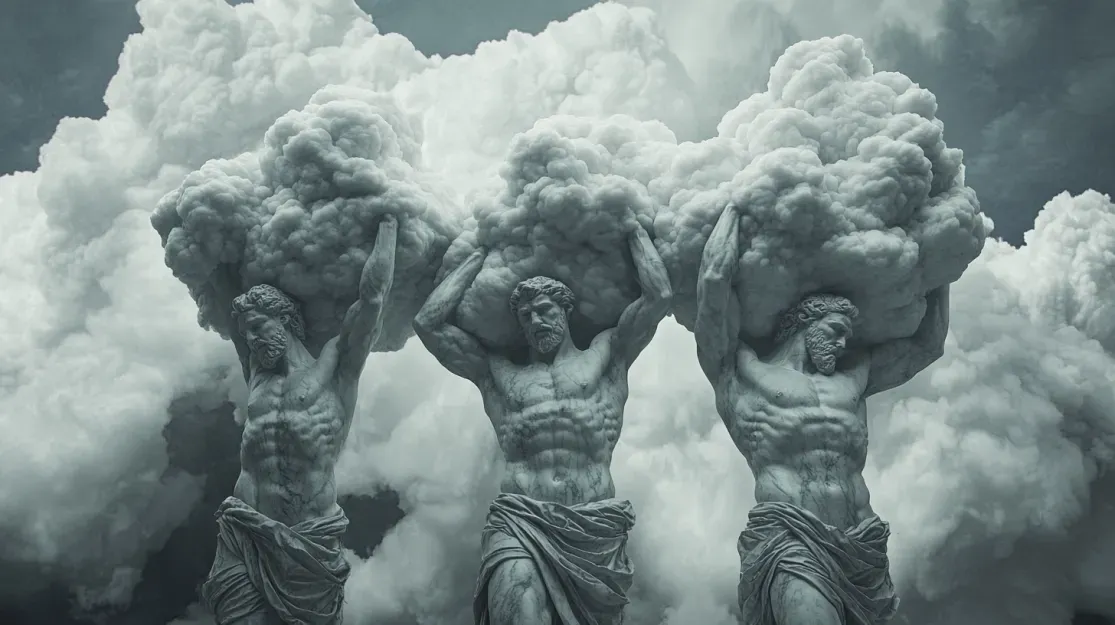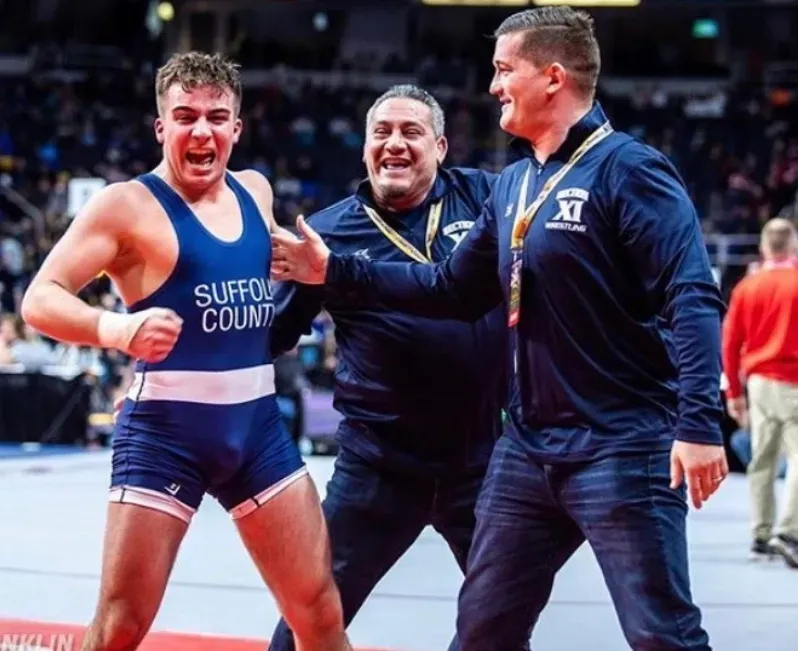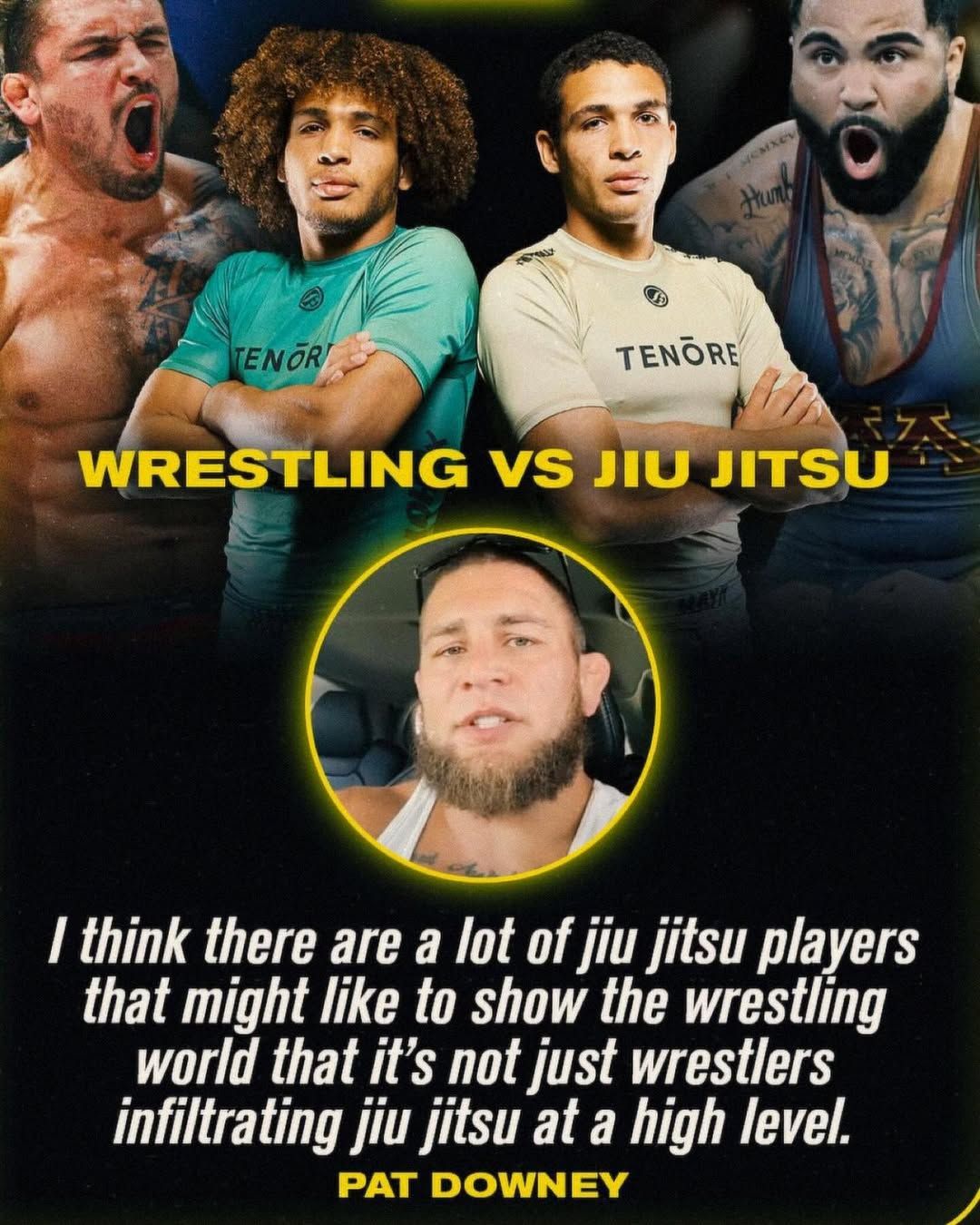
It’s Not Wrestling Versus Jiu Jitsu
On September 28th, Pat Downey, known for his unfiltered personality and unmatched grappling prowess, took to Instagram to share an insightful reflection on the relationship between wrestling and jiu jitsu. His post addressed a topic that’s been brewing in the grappling community for years: the often adversarial mindset between wrestlers and jiu jitsu practitioners. Downey’s post read:
“As grapplers, we need a paradigm reset when it comes to this topic. I was just as guilty of this a few years ago before I met @vagnerrochabjj [Vagner Rocha], and he opened my 👀’s to how much technique had eluded me over the years. By being closed-minded, too much ego, & ultimately prideful; I missed out on a lot of knowledge. It’s not wrestling versus jiu jitsu. It’s wrestling AND jiu jitsu.”
This post resonated deeply with grapplers from both disciplines, as Downey who is a highly accomplished wrestler transitioning into jiu jitsu and MMA has firsthand experience on both sides of the mat. Let’s break down why his comments are not only valid but also crucial for grapplers to understand.
Who is Pat Downey?
Pat Downey, also known as “PD3,” is one of the most exciting and controversial figures in American wrestling. A former NCAA All-American and US National Team member in freestyle wrestling, Downey has been a fixture in elite-level grappling for over a decade. His wrestling pedigree is nearly unmatched, having faced—and defeated—some of the world’s top wrestlers. More recently, Downey has been competing in mixed martial arts (MMA) and Brazilian Jiu Jitsu, pushing himself into the BJJ world with the same intensity and attitude that defined his wrestling career.
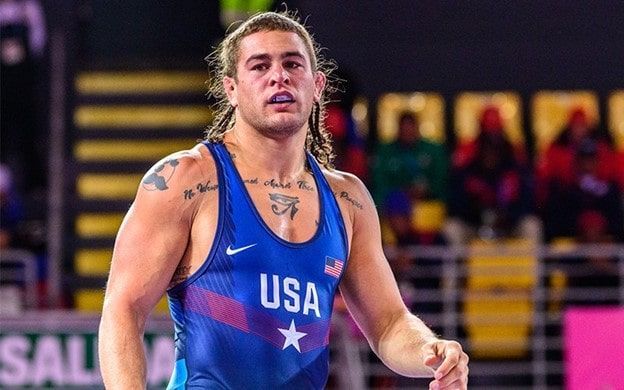
Known for his brash, unfiltered approach, Downey’s opinions often spark debate, but they also come from a place of experience and expertise. His Instagram post about the need for a “paradigm reset” in how grapplers view wrestling and jiu jitsu is a reflection of his own personal journey and growth.
A Paradigm Shift in Grappling
Downey’s post reveals something that many top-level wrestlers often struggle to embrace: the importance of open-mindedness in cross-discipline learning. For years, there’s been a narrative that wrestling and jiu jitsu are at odds, with practitioners of both sports often clinging to the superiority of their respective styles. Wrestlers often pride themselves on toughness, conditioning, and the ability to control their opponents. Jiu jitsu athletes, on the other hand, emphasize technique, patience, and submissions. But as Downey points out, these attitudes can lead to a closed-minded approach, limiting the potential for growth in both sports.
Downey admitted that earlier in his career, he fell into this trap, approaching grappling with a wrestler’s mindset that often prioritized physicality over technique. It wasn’t until he began training with Vagner Rocha, a renowned Brazilian Jiu Jitsu black belt, that his perspective changed. Rocha, known for his aggressive and wrestling-infused style of BJJ, helped Downey realize that wrestling and jiu jitsu complement each other far more than they oppose each other.
This epiphany is huge, especially coming from someone as decorated in wrestling as Downey. By learning jiu jitsu techniques, particularly in positional control and submissions, Downey saw gaps in his own grappling game that wrestling alone couldn’t fill. This realization wasn’t just about adding jiu jitsu to his toolkit—it was about integrating both arts into a cohesive grappling strategy. His key point is that the two disciplines are not rivals; they are complementary pieces of the same puzzle.
Grapplers vs. The World
Downey’s comments aren’t just about bridging the gap between wrestling and jiu jitsu, they speak to a larger truth about grappling as a whole. This logic applies to other grappling arts like Judo, Sambo, and Catch Wrestling. Each of these disciplines brings a unique set of techniques, but at their core, they all complement one another. Judo’s dynamic throws, Sambo’s leg locks, and Catch Wrestling’s submission-heavy style all add new dimensions to any grappler’s game.
At the highest levels of combat sports, it’s grapplers versus the world. Whether it’s striking arts like Boxing, Muay Thai, or Karate, grapplers hold a distinct advantage. Once the fight goes to the ground, the striker’s skill set is often neutralized. A well-rounded grappler, able to dictate where the fight takes place, controls the outcome. In MMA, self-defense, or any real-world scenario, the better grappler always wins. The ability to blend wrestling, jiu jitsu, judo, or sambo allows a grappler to impose their will, whether that’s on the feet with takedowns or on the ground with submissions.
Downey’s insight is clear: mastering one art is great, but becoming a well-rounded grappler who can combine elements of all these disciplines is what makes someone truly dominant. For any fighter, athlete, or hobbyist, understanding that grappling is about control—and that control wins fights—is key to reaching the next level.
Ready to Become a Complete Grappler?
If you’re ready to take your grappling to the next level, it’s time to embrace the mindset that Downey is advocating. Whether you’re a wrestler looking to learn jiu jitsu, a jiu jitsu practitioner wanting to sharpen your wrestling, or someone who wants to dive into the rich world of grappling, Forge Wrestling & Jiu Jitsu has the training to help you succeed.
We offer classes for all skill levels and ages, focusing on wrestling, Brazilian Jiu Jitsu, and a blend of both. With top-tier instructors and a welcoming community, we’ll help you break down the barriers between these arts and develop into a more well-rounded grappler. Don’t limit yourself—come see how wrestling and jiu jitsu can work together to create a new, stronger you.
Sign up for a free trial at Forge Wrestling & Jiu Jitsu today. We’re ready to help you become a complete grappler.
BLOG
